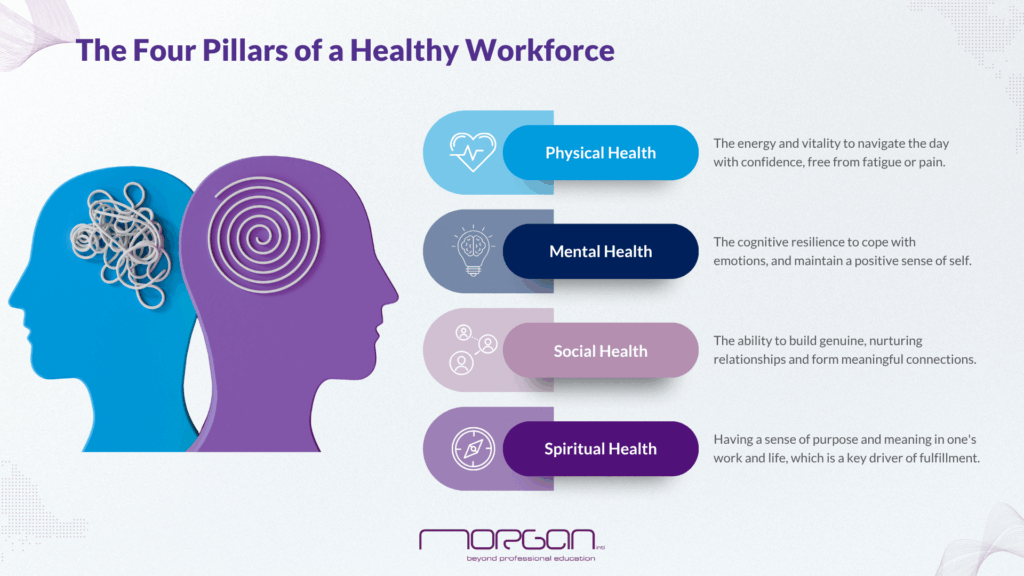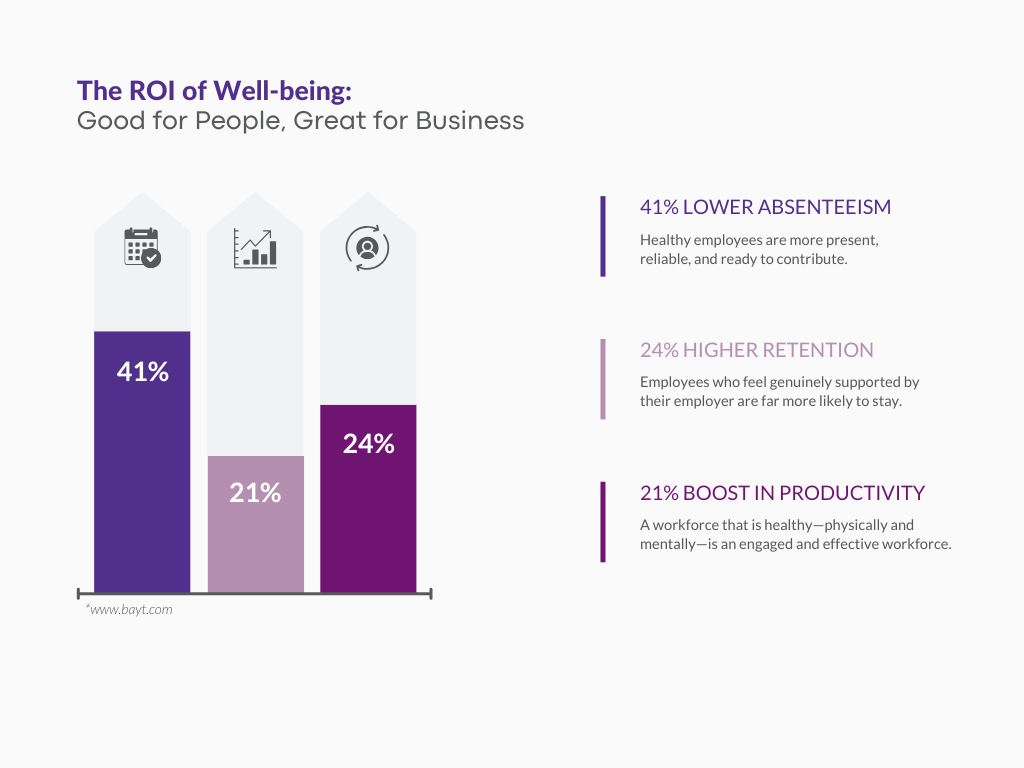Your top performers might be at the greatest risk. Identify why engagement metrics are telling a dangerously incomplete story and how to shift your focus to what really matters.
On the surface, the Middle East and North Africa (MENA) region is a global leader in employee engagement. Recent polls suggest remarkable statistics: over 80% of employees in the region claim to feel highly engaged at work. For any HR leader, this figure would typically be a cause for celebration, suggesting a motivated, committed, and productive workforce.
However, a deeper look reveals a troubling paradox. Beneath these impressive engagement scores lies a hidden crisis. *A staggering 68% of professionals in the region report experiencing work-related burnout in the past year, while other studies show that 57% feel their mental health suffers due to work pressure. This creates the MENA Well-being Puzzle: how can a workforce be simultaneously so engaged and so stressed? And what does this mean for the future of work in the region?
The Engagement Illusion
High engagement is the ultimate KPI. It suggests a workforce that is committed, motivated, and loyal. In the MENA region, these impressive numbers are often rooted in a collectivist culture that prizes strong personal relationships and organizational loyalty. Employees show up and are deeply committed to their teams and their company’s mission. But this is only half the story.
The Burnout Reality

Beneath the surface of this commitment, a different reality is unfolding. The same cultural drivers that foster engagement can also contribute to unsustainable pressure. Persistently high workloads and a cultural struggle with work-life balance are leading to widespread burnout. The result is a workforce that is dedicated but drained; loyal but approaching its limit. For leaders, relying on engagement surveys alone is like trying to navigate with an incomplete map—it masks the very real risks of stress and attrition that threaten long-term performance.
A New Leadership Agenda
Solving the puzzle requires a strategic pivot. Leaders must recognize that engagement and well-being are not interchangeable and adopt a more holistic playbook focused on creating a truly healthy work environment.
- Measure What Matters: Stop using engagement as a proxy for well-being. It’s time to deploy specific tools to measure stress, burnout, and mental health directly. Create safe, anonymous channels for feedback to get an honest assessment of your workforce’s health.
- Provide Culturally Attuned Support: Employees are actively asking for more mental health support. This support will only be effective if we tailor it to the region. This means offering practical solutions like flexible hours during holidays, respecting family values, and partnering with local providers to deliver relevant resources.
- Build Resilient Leadership: Equip your managers to be the first line of defense. Train them to recognize the early signs of distress, foster psychological safety, and normalize conversations about mental health. True support starts with leadership.
A highly engaged workforce provides a powerful asset, but an engaged and burnt-out workforce creates a liability. By looking beyond the illusion of engagement and addressing the reality of burnout, leaders in the MENA region can solve this puzzle and build the resilient, sustainable, and truly high-performing organizations of the future.
Food for Thought

The data reveals that your workforce is committed, yet might be stressed. This brings up a critical, underlying risk for 2025: ‘quiet quitting.’ With fewer employees planning to leave their jobs even when dissatisfied, how can leaders differentiate between genuine engagement and passive disengagement? What new signals must HR learn to read when turnover rates are no longer a reliable indicator of workforce health?
#HR #MENA #EmployeeWellbeing #Burnout #CorporateCulture #Leadership #FutureOfWork

